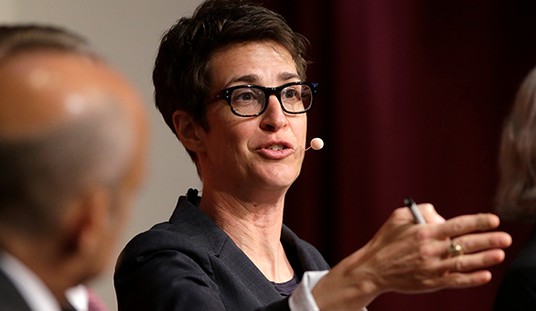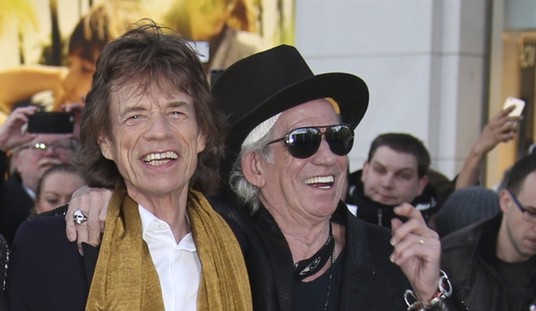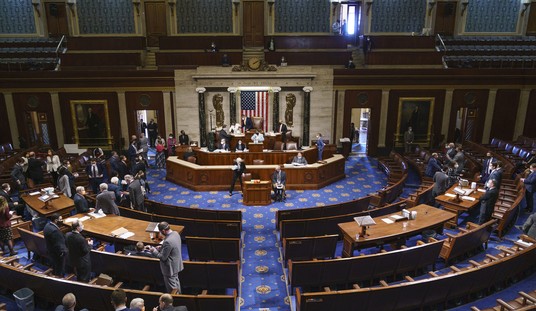The Obama administration’s economic rhetoric thus far has been alarmingly irresponsible.
Let’s start with the president’s reaction to the government’s advance estimate of fourth-quarter economic growth.
Before its release, experts predicted that the economy’s gross domestic product (GDP) had contracted by an annualized 5%-6% during that period. The actual annualized -3.8% from the Bureau of Economic Analysis (BEA) was not nearly that bad.
Why not? Though the result could change in BEA’s February and March revisions, it appears that businesses built up inventories during the quarter in anticipation of revived demand early this year. If it weren’t for that, the annualized contraction would have been 5.1%.
The media spin that the inventory build-up masks larger overall weakness misses this important point: Businesses don’t build up inventories for the heck of it. They do it because they either have customer orders in hand or because their forecasting models tell them they can reasonably expect future orders.
It wouldn’t be surprising if this were indeed the case, because there are underlying indications of a nascent recovery. Gas prices have stayed well over 50% lower than they were last summer, keeping an estimated $1 billion a day in consumers’ pockets. Record-low mortgage rates have fueled a wave of refinancing around the country, with lower monthly mortgage payments freeing up additional billions of spendable dollars a month.
But it’s almost as if President Obama has seen these early signs of improvement and said, “We can’t have that.”
One thing those inventory forecasting models can’t figure in is the ability of a country’s chief executive and his party to throw cold water on consumer and business confidence.
The leaders of what I have been referring to as “the POR economy” — Nancy Pelosi, Barack Obama, and Harry Reid — began doing this in earnest, both in actions and words, in June of last year. Since the November elections, their downbeat decibel level has done nothing but increase.
Commenting on the GDP report, Barack Obama could at least have cited the fact that it beat expectations as a hopeful sign. Instead, he took the opportunity to ramp up the hyperbole of horror and engaged in an all-too-easy deception (bolds are mine):
“Today we learned that our economy shrank in the last three months of 2008 by 3.8 percent. That’s the worst contraction in close to three decades,” said the president at a White House gathering.
“This isn’t just an economic concept. This is a continuing disaster for America’s working families,” he warned. “The recession is deepening, and the urgency of our economic crisis is growing.”
This is really infuriating. Thanks to the president and many media reports, most Americans really believe that the fourth quarter’s economy was 3.8% smaller than the third’s. It wasn’t. It was 0.94% smaller — a pace, which if continued for a year, would lead to a 3.8% contraction. The result was bad enough. Why present it as if it were four times worse?
The president’s “continuing disaster” characterization might be forgivable if it weren’t part of a consistently catastrophic theme. In his January 31 weekly video address, he repeated what he and his advisers have been saying for month: that “Americans know that our economic recovery will take years — not months.”
No, sir, we don’t know that. And it doesn’t have to take that long.
Nobody wants “prosperity is just around the corner” sugar-coating. But deliberately or not, this administration’s unrelenting pessimism has had an effect on public opinion.
That pessimism and years of dreary stage-setting business reporting, even during the 2003-2007 expansion, largely explain why consumer confidence is at the lowest level in its 40-year history. It isn’t because the current economy is the worst in 40 years — at least not yet. December’s unemployment rate of 7.2% is less than or equal to every single month in 1992, 1981-1984, and 1975-1976. Inflation, which hit 13% in 1979 and 1980, barely exists. The economy has had larger single-quarter contractions four different times in the past four decades.
This brings us back to the reported inventory buildup. If Obama and his people keep on talking down the economy, and their gloom keeps consumer and business confidence in the pits, many anticipated orders won’t materialize and other existing orders will be canceled. If that occurs, businesses will be left sitting on merchandise they can’t move. This will lead to large price reductions, production cutbacks, and more job losses. The economy will contract even further.
On top of that, the administration’s proposed “stimulus” solution is wholly inadequate at best, and counterproductive at worst.
A January 28 Wall Street Journal editorial estimated that only about 12% of the plan’s $800-billion-plus price tag “can plausibly be considered a growth stimulus.” That editorial also cited a litany of items whose only purpose is to address “just about every pent-up Democratic proposal of the last 40 years.” Many of them would get in the way of an economic recovery, as they would enable or encourage people to stay out of the workforce longer than they otherwise would have. Finally, most of whatever stimulus there is won’t get into the economy until 2010 or later. Thomas Sowell compares it to “mailing a letter to the fire department to tell them that your house is on fire.” Across-the-board tax cuts, which would have an immediately stimulating effect, are nowhere to be found.
If we’re supposed to believe that Team Obama doesn’t want to keep the economy down — at least long enough to get its mislabeled “stimulus” passed — this question remains: what would they be doing differently if they did?









Join the conversation as a VIP Member